Growing lavender from seed invites one of nature’s most cherished aromatics into your garden. While many gardeners opt for mature plants, starting from seed offers a rewarding and cost-effective journey. From crafting calming teas to creating aromatic sachets, having your own lavender plants opens up endless possibilities for both your garden and home.

About Lavender (Lavandula)
Lavender belongs to the mint family (Lamiaceae) and is prized worldwide for its distinctive purple blooms and calming fragrance. Despite its Mediterranean origins, lavender has adapted to grow in many climates, making it accessible to gardeners everywhere.
You may enjoy reading: 5 Best Medicinal Herbs to Grow Indoors: Your Natural Home Pharmacy
Grow lavender as a perennial in zones 5-9. In colder regions, some gardeners treat it as an annual or provide winter protection to help it survive the cold months.
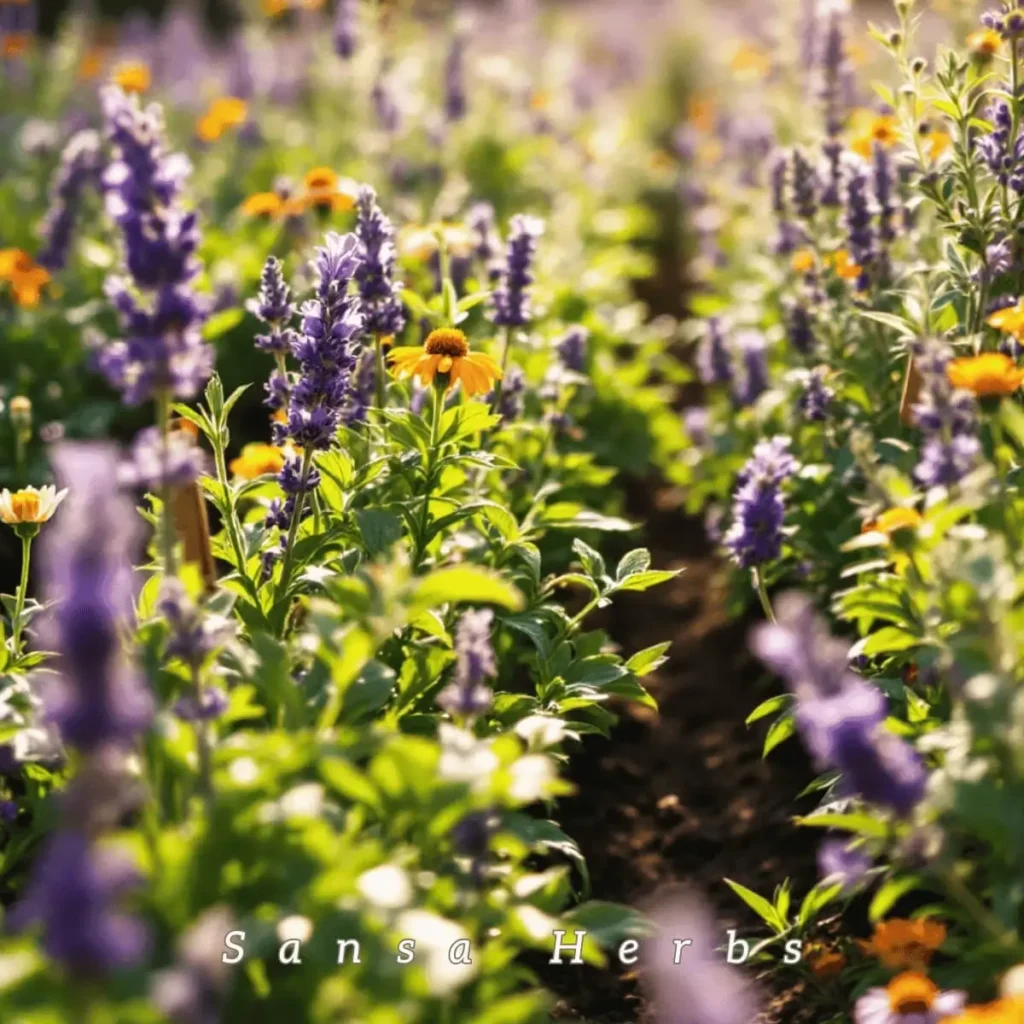
Lavender plants grow in an upright, bushy form, typically reaching 12-40 inches in height depending on the variety. This makes them perfect for:
- Garden borders
- Herb gardens
- Container plantings
- Rock gardens
- Creating fragrant hedges
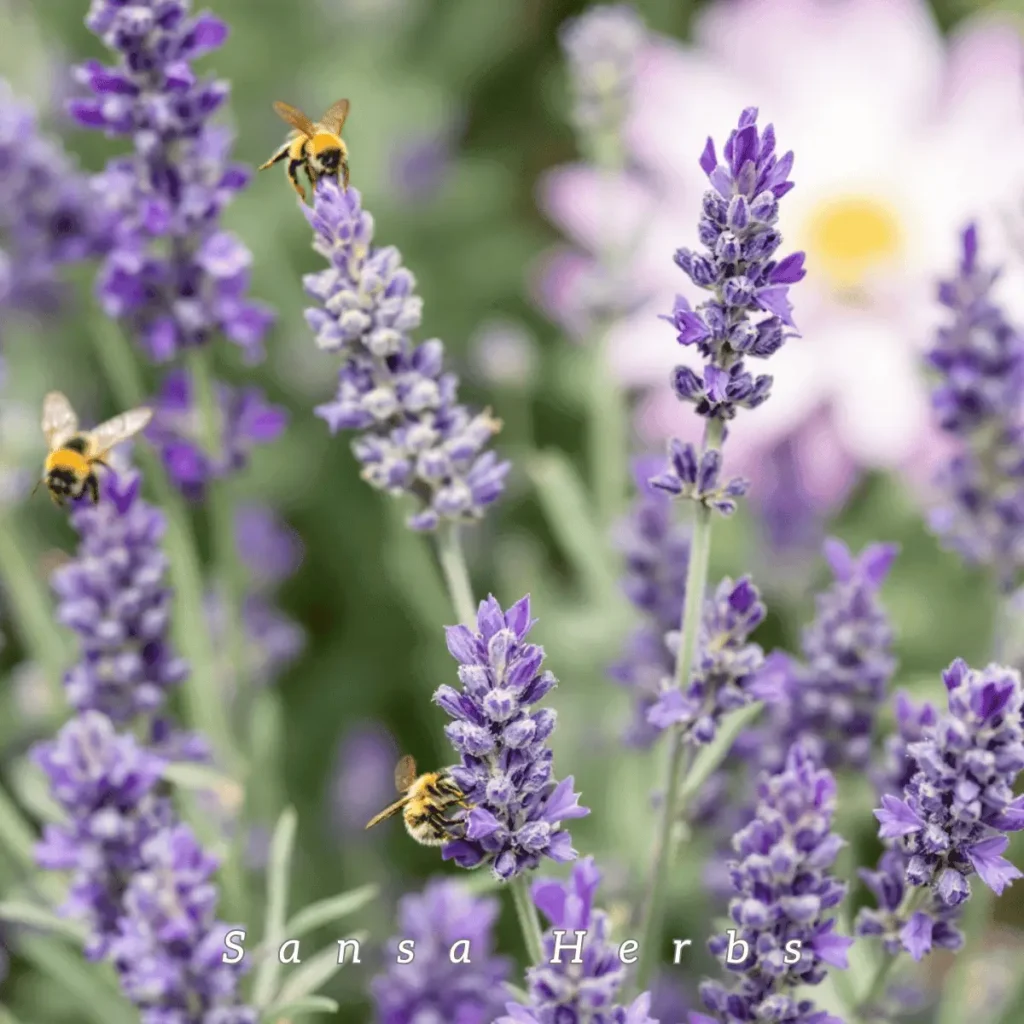
The flowers appear on tall stems above silvery-green foliage, creating a stunning display that attracts bees, butterflies, and other beneficial pollinators to your garden.
What Do Lavender Seeds Look Like?
Lavender seeds are tiny treasures of the garden world. These small, oval-shaped seeds are dark brown to black in color and measure only about 1/8 inch long. They have a smooth, slightly shiny surface, making them look like miniature beetles at first glance. Their diminutive size means they can be a bit tricky to handle, but their distinctive appearance makes them easy to identify once you know what to look for.
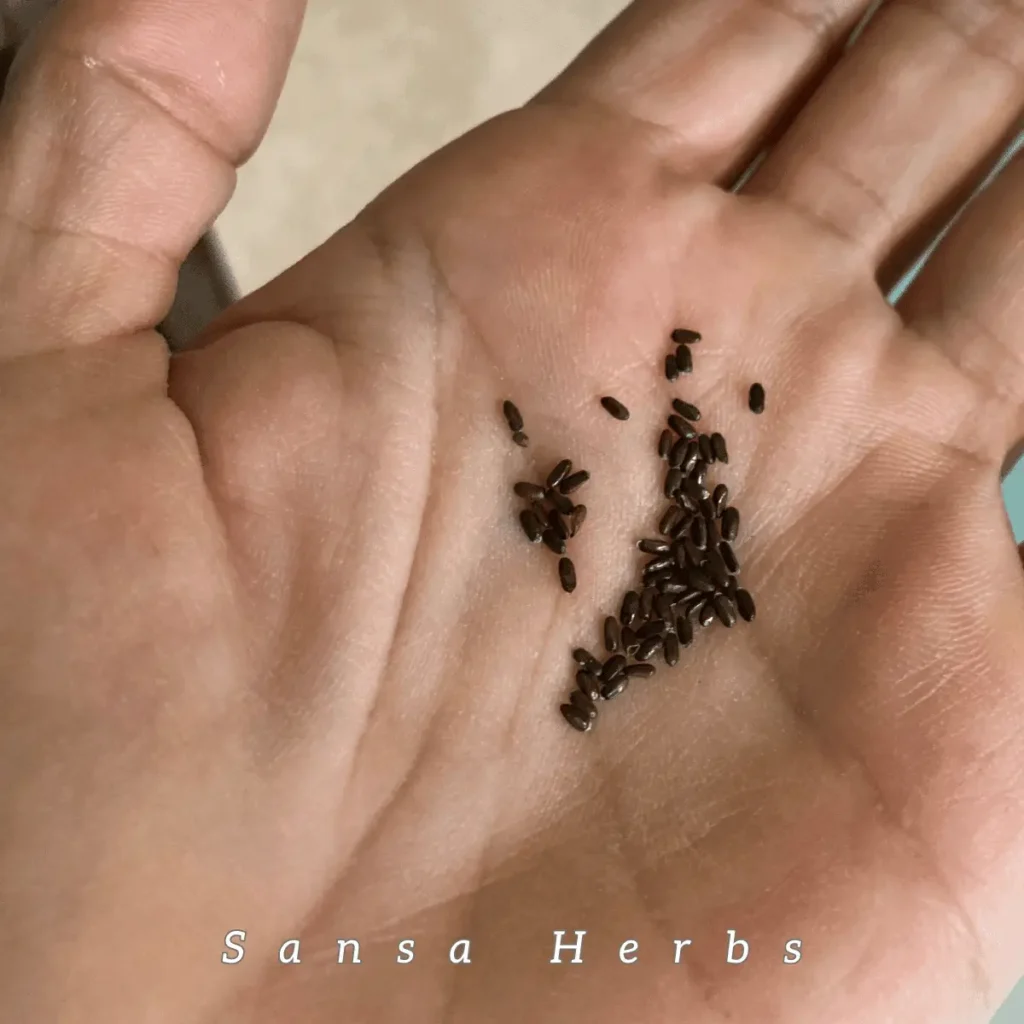
Where to buy lavender seeds?
You can find high-quality lavender seeds here, or in our medicinal garden kit, which includes seeds for 10 essential healing plants curated by herbalist Nicole Apelian. This comprehensive kit is perfect for starting your medicinal herb garden journey.
- Lush Lavender at Home: Cultivate your own serene lavender garden with our English Lavender seeds, ensuring fresh, fragra…
Common Lavender Types
English Lavender (Lavandula angustifolia) is the most popular variety, known for its sweet fragrance and compact growth. It’s the hardiest type and perfect for culinary use and essential oils.
French Lavender (Lavandula dentata) features distinctive toothed leaves and long-lasting blooms. While less cold hardy, it offers nearly year-round flowering in warm climates.
Spanish Lavender (Lavandula stoechas) stands out with its showy “rabbit ear” petals atop each flower spike. It’s particularly ornamental but needs protection from harsh winters.
Lavandin (Lavandula x intermedia) is a hybrid known for its intense fragrance and robust growth. It’s excellent for crafting and creating large hedges.
Starting Lavender from Seed
Unlike many herbs, lavender seeds benefit from a period of cold stratification before planting. Place your seeds in a damp paper towel inside a sealed plastic bag and store them in the refrigerator for 2-4 weeks.
After stratification, plant seeds in well-draining seed starting mix. Unlike many seeds, lavender needs light to germinate, so press them lightly into the soil surface without covering them.
Keep the soil consistently moist but not waterlogged. Expect germination within 14-28 days, though some seeds may take longer.
Caring for Lavender Seedlings
Young lavender plants need careful attention to thrive. Provide them with:
- Bright light or grow lights for 6-8 hours daily
- Good air circulation to prevent dampening off
- Consistent but light watering
- Well-draining soil mix

Once seedlings have several sets of true leaves, begin hardening them off by gradually exposing them to outdoor conditions over 7-10 days.
Transplanting and Growing
Plant lavender in a sunny location with well-draining soil. Poor or sandy soil is actually preferred – lavender thrives in conditions that many other plants would struggle in.
Space plants 18-24 inches apart to allow for good air circulation. In areas with high humidity, spacing them even further apart can help prevent fungal issues.

Once established, lavender is drought-tolerant and requires minimal care. Less water is usually better than too much – overwatering is the most common cause of lavender problems.
Harvesting and Using Lavender
Harvest lavender stems when about half the flower buds have opened. Cut in the morning when oils are most concentrated, snipping just above a leaf node to encourage bushier growth.
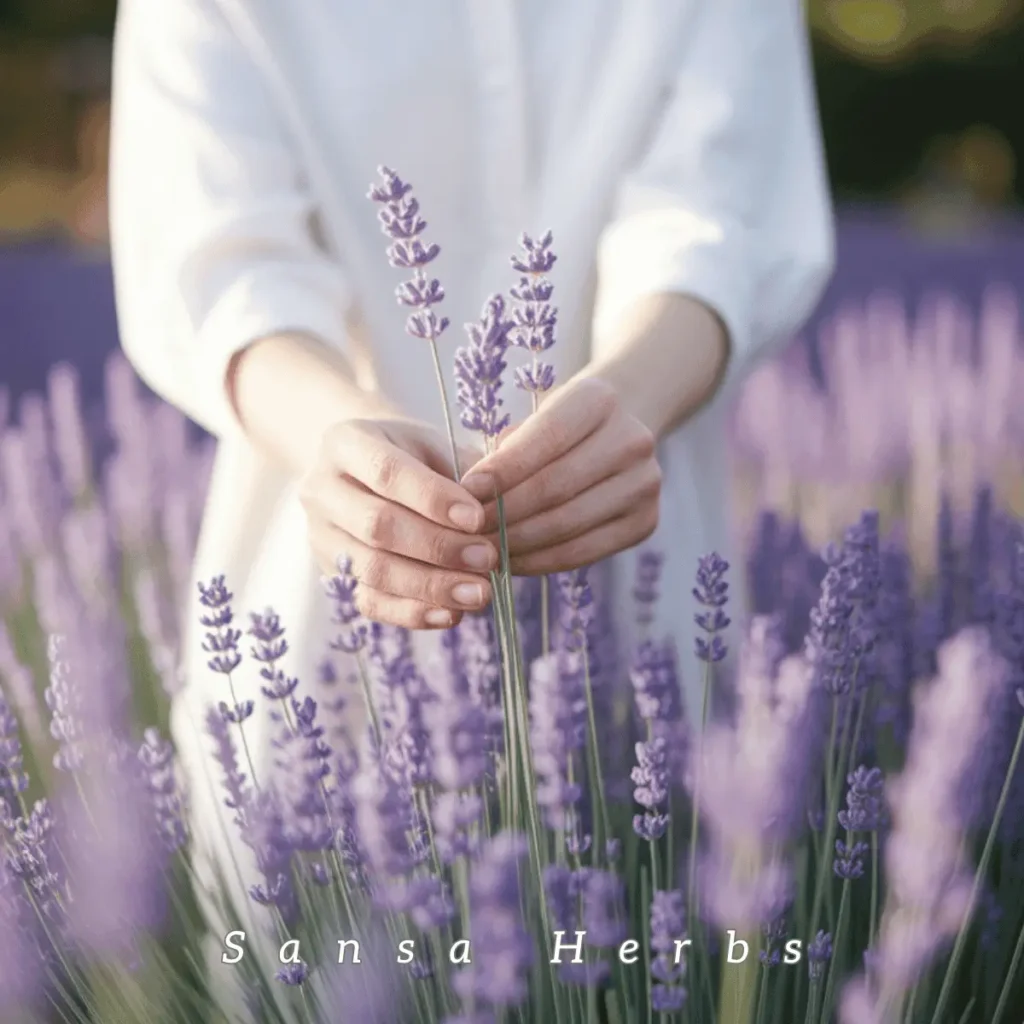
Bundle stems together and hang them upside down in a dark, dry place to preserve their color and fragrance.
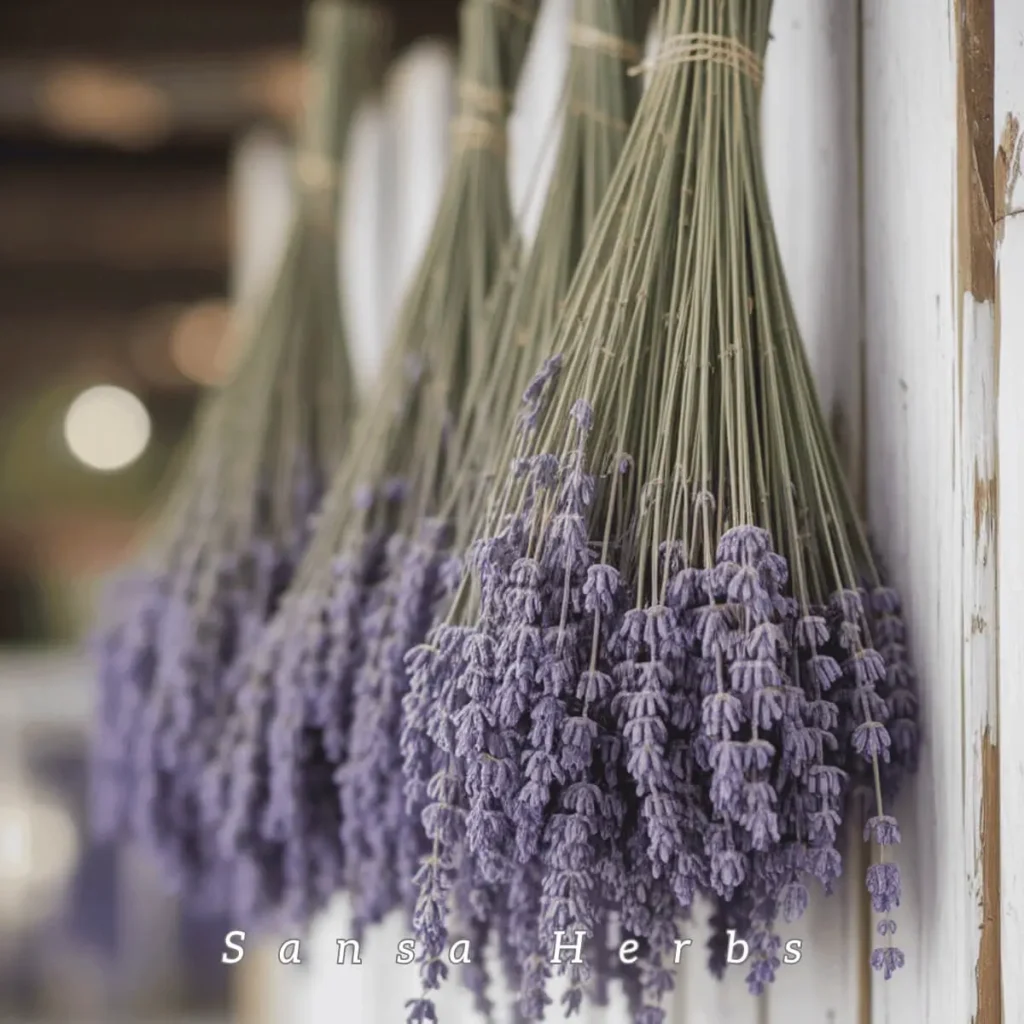
Fresh or dried lavender can be used for:
- Calming teas
- Fragrant sachets
- Natural cleaning products
- Culinary creations
- Essential oil production
- Fresh or dried bouquets
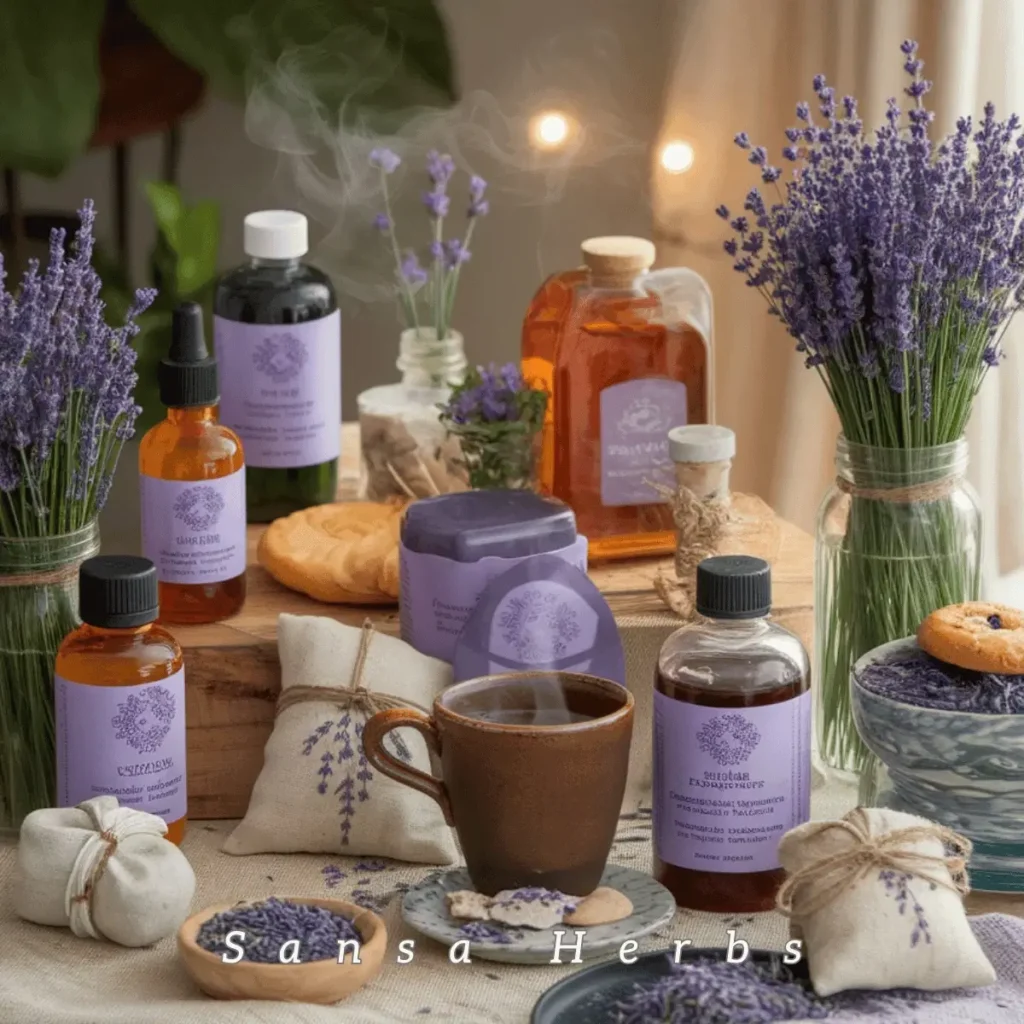
Where to Buy Lavender Plants
You can purchase Lavender Plants for Sale Online – Greenwood Nursery.
Start your lavender journey with quality seeds from a reputable source. While it takes patience to grow lavender from seed, the reward of fragrant blooms and endless uses makes it well worth the effort. Happy growing!
Quick Reference: Growing Lavender from Seed
| Basic Growing Information | Growing Conditions |
|---|---|
| Difficulty Level: Moderate | Light Requirements: Full sun |
| Time to Germination: 14-28 days | Soil Type: Poor, sandy, well-draining |
| Time to Maturity: 90-200 days | Soil pH: 6.7-7.3 |
| Plant Height: 12-40 inches | Temperature Range: 65-70°F (18-21°C) |
| Spacing: 18-24 inches apart | Water Needs: Low, drought tolerant |
| USDA Zones: 5-9 |
Growing Locations
Container Growing: ✓ Excellent
Indoor Growing: ✓ Possible
Outdoor Growing: ✓ Ideal
Historical & Traditional Significance
Astrological Association: Mercury
Traditional Uses:
Sleep support, Anxiety relief, Antiseptic, Perfumery
